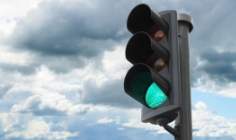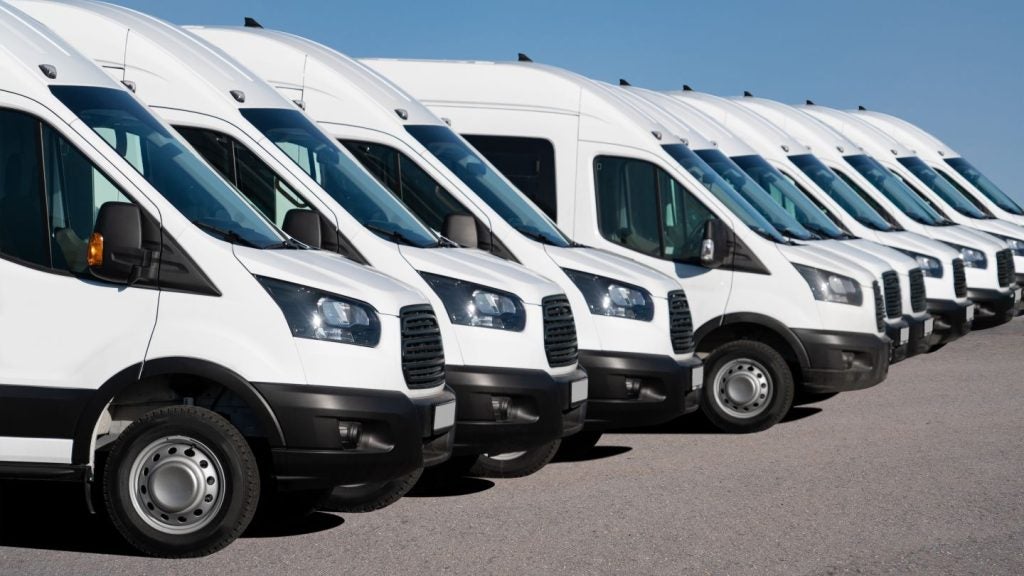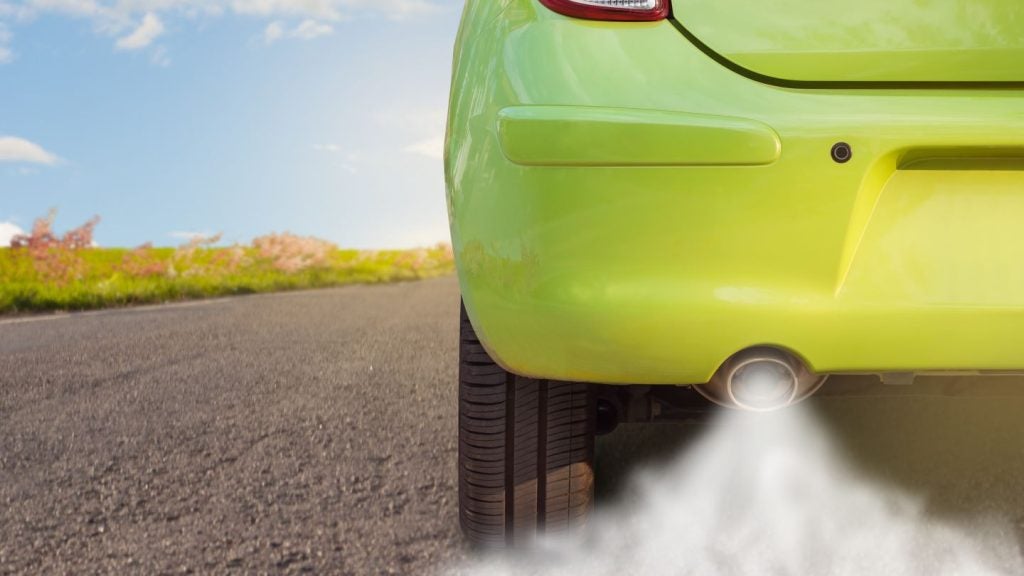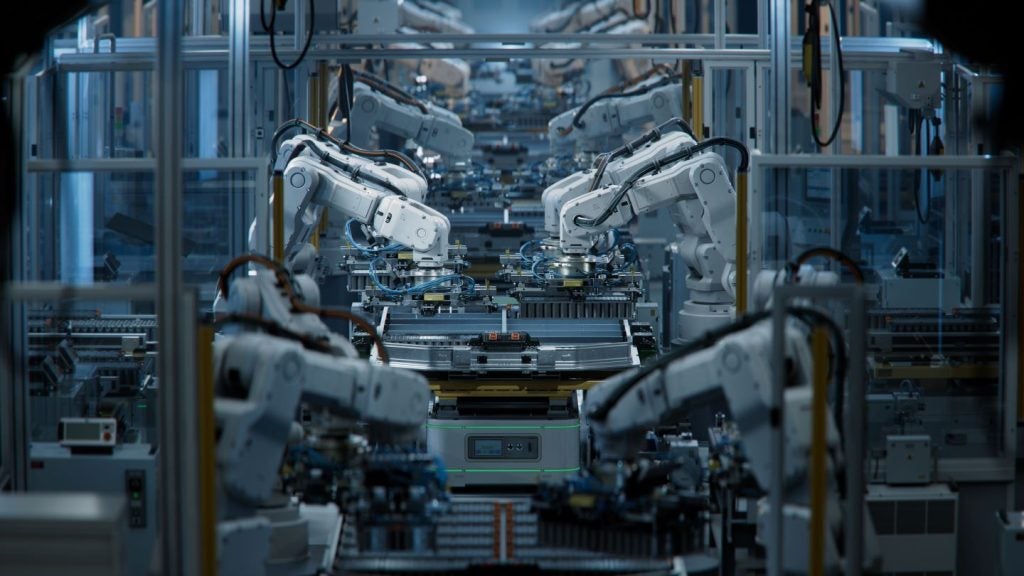
In the wake of the emissions manipulation turmoil, Standard & Poor’s (S&P) Ratings Services said it expects the percentage of diesel engines in total sales to shrink in Europe, at least for small vehicles.
The ratings firm said the ‘headline-topping emission issues’ were affecting the image of diesel vehicles, even those adequately fitted with urea tanks or catalytic reduction systems to deal with NOx emissions.
Another reason behind the anticipated fall in sales is a potential effect on price. "The fittings needed to cut NOx emissions, exhaust gas recirculation or the more favoured selective catalytic reduction used in newer cars, all add to a vehicle’s cost. Carmakers won’t be able to install them on smaller cars while keeping their prices on diesel-powered cars competitive," wrote S&P.
Sensitivity tests by LMC Automotive now estimate that diesel sales could fall from around half of the European total to a low 35% of light-vehicle sales by 2022.
Challenges to manufacturers
S&P said emissions tests on several vehicles sold in Europe have shown discrepancies between results produced in official laboratory tests on fuel consumption and pollutant emissions and the actual performance of vehicles on the road.
How well do you really know your competitors?
Access the most comprehensive Company Profiles on the market, powered by GlobalData. Save hours of research. Gain competitive edge.

Thank you!
Your download email will arrive shortly
Not ready to buy yet? Download a free sample
We are confident about the unique quality of our Company Profiles. However, we want you to make the most beneficial decision for your business, so we offer a free sample that you can download by submitting the below form
By GlobalData"Part of this gap is explained by the fact that test conditions are based on a theoretical driving cycle in Europe. The current "laboratory" approach in tests reviewed by regulators in the EU features an artificial driving speed pattern with low accelerations, constant speed cruises, and many idling events," wrote S&P.
Recent studies conducted by the International Council on Clean Transportation (ICCT) highlighted that the difference between laboratory and real-world driving conditions for CO2 emissions in Europe could average 11% for petrol cars and 16% for diesel cars, with some vehicles showing much wider gaps.
S&P commented: "Discrepancies appear even wider for NOx than for CO2."
The ICCT was not alone in its findings. In January 2016, Which? found 95% of diesel cars and 10% of petrol cars produced more NOx gas than European laws allowed, while environmental campaign group T&E made similar claims in 2015.
It expected that regulators will heighten scrutiny on pollutant emissions and fuel-consumption measures, especially in Europe.
"We believe the forthcoming revised EU regulations will start to apply testing conditions closer to "real world" driving conditions in 2017, instead of today’s theoretical driving cycle."
S&P said the cost of meeting more demanding emission norms and possible recalls or fines could limit some carmakers’ free cash flow and, in turn, credit quality improvements over the next few years.







